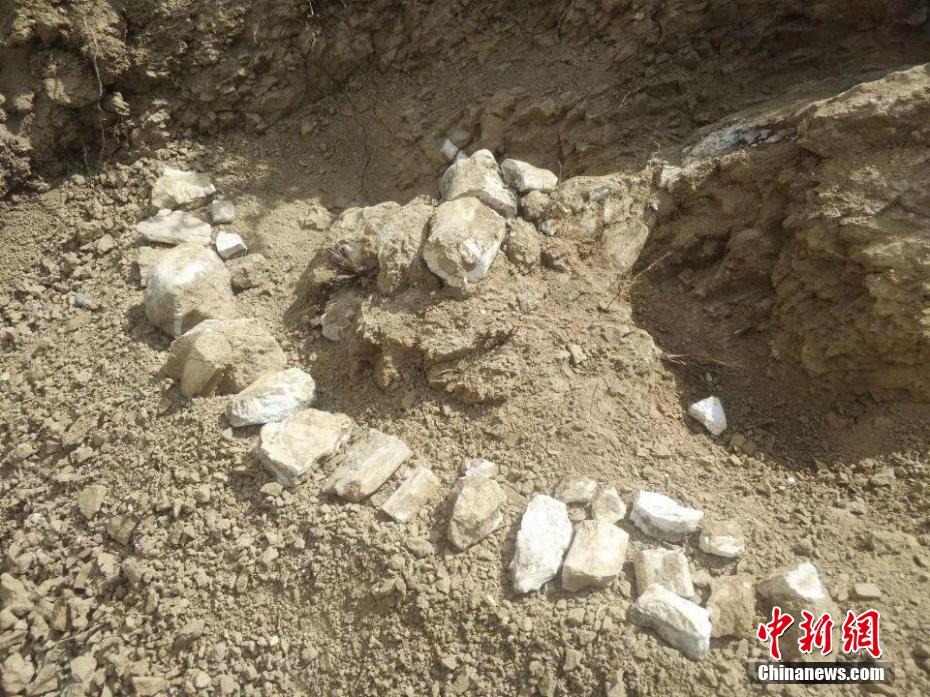8 million-year-old hipparion fossils found in Xinjiang


URUMQI -- Fossils of Hipparion fauna have been found in Northwest China's Xinjiang Uygur autonomous region.
Archaeologists with the Institute of Vertebrate Paleontology and Paleoanthropology (IVPP) recently discovered these fossils which could date back to 8 million years ago at a hillside in a pasture in Wenquan county.
The fossil beds are concentrated and dense, and some fossils are interrelated. After preliminary analysis and identification, the fossil group is left by Hipparion and common members of Hipparion fauna such as antelope, Palaeotragus and Tetralophodont which existed at the same time, according to Wang Shiqi with IVPP.
Hipparion fauna was widely distributed in the mid-latitude region of Eurasia 8 million to 5 million years ago, and their fossils were found in many provinces in northern China, Greece and Turkey.
In Xinjiang, Hipparion fauna only appeared in Wenquan county, making it a key location to link the distribution of Hipparion fauna at the east and west ends of Eurasia, which is of great significance for the study of paleoecological evolution during this period.
This fossil discovery site has high scientific research value, and will be excavated in a planned way in the future, Wang said.
Wenquan county is located in the west of the Mongolian autonomous prefecture of Bortala in Xinjiang. Mammalian fossils were reported to have been discovered here as early as the 1960s.
- Recall vote shows 'Taiwan independence' separatism doomed to fail
- China holds third rehearsal for event marking 80th anniversary of victory over Japanese aggression, fascism
- Central delegation returns to Beijing after attending anniversary celebrations, inspections in Xizang
- KMT continues triumph in second round of recall vote
- China's anti-graft chief urges further improving discipline inspection work
- Hong Kong to release 2025 policy address on Sept 17





































